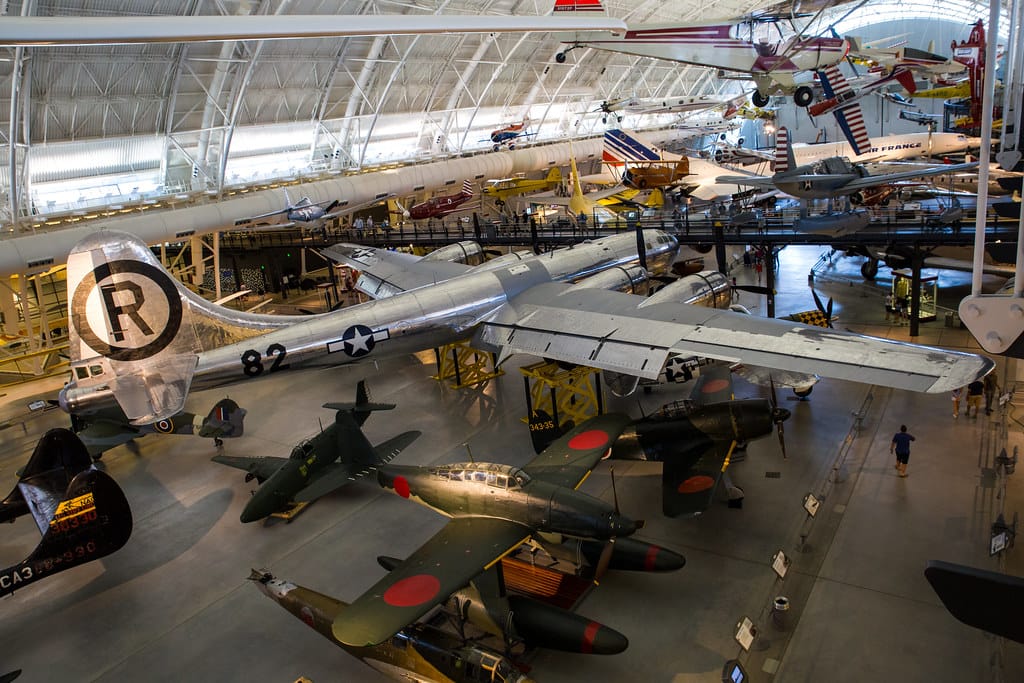The Last Voices: How 12 Enola Gay Crew Members Carried the Weight of History
Seventy-nine years after the atomic bomb was dropped on Hiroshima, the personal accounts of the Enola Gay crew members remain among the most profound and conflicted testimonies in modern history. These 12 men—ages ranging from 19 to 33 at the time—witnessed the dawn of the atomic age from 31,000 feet above Japan, and their recollections offer an irreplaceable window into one of humanity's most consequential moments.
The Weight of "Little Boy"
On August 6, 1945, at 8:15 AM local time, the B-29 Superfortress Enola Gay released a 9,700-pound uranium bomb over Hiroshima. The crew, led by Colonel Paul Tibbets, had trained for months without knowing the true nature of their mission. Captain Robert Lewis, the co-pilot, famously wrote in his log: "My God, what have we done?"
The immediate destruction was incomprehensible—70,000 people died instantly, with the death toll eventually reaching 200,000. But for the crew members who lived with this knowledge for decades afterward, the psychological impact proved equally devastating.
Voices from the Cockpit
The Commander's Conviction
Colonel Paul Tibbets, who named the plane after his mother, remained steadfast in his belief that the mission was necessary until his death in 2007. "I never lost a night's sleep over it," he often said. Tibbets estimated the bomb saved one million American lives by ending the war without a costly invasion of Japan. His unwavering stance provided a stark contrast to his crew members' more complex emotions.
The Navigator's Burden
Captain Theodore "Dutch" Van Kirk, the mission's navigator, struggled with a different burden. In later interviews, he described the technical precision required to deliver such destruction: "We had to be within 200 feet of our target. The responsibility was enormous." Van Kirk, who died in 2014 at age 93, spent decades speaking to students about the mission, emphasizing both its historical necessity and its terrible cost.
The Tail Gunner's Perspective
Staff Sergeant George "Bob" Caron, positioned in the tail turret, had the clearest view of the explosion's aftermath. His photographs and eyewitness accounts describe a mushroom cloud that rose to 40,000 feet. "It was like looking into hell," Caron recalled in a 1995 interview. "You could see the fires burning for miles." Caron's nightmares persisted for years, and he became an advocate for nuclear disarmament.
The Silence of Survival
Several crew members chose decades of silence over public reflection. Sergeant Richard Nelson, the radio operator, rarely spoke about August 6th until the 1990s. When he finally opened up, Nelson described feeling "chosen by history" but wished someone else had been selected. Bombardier Major Thomas Ferebee, who physically released the bomb, died in 2000 having given only a handful of interviews about the mission.
Living with the Atomic Age
The psychological studies of the Enola Gay crew reveal patterns consistent with what we now recognize as moral injury—the damage that occurs when someone perpetrates, witnesses, or fails to prevent acts that violate fundamental moral beliefs. Dr. Robert Jay Lifton, who studied atomic bomb survivors, noted that several crew members experienced what he termed "psychic numbing" as a coping mechanism.
The Reunion That Never Was
Despite their shared experience, the crew members rarely gathered together after the war. The planned 25th anniversary reunion in 1970 was canceled when several members refused to attend. "We each dealt with it in our own way," explained flight engineer Staff Sergeant Wyatt Duzenbury. "Some of us couldn't face talking about it with the others who were there."
Legacy of Remembrance
Today, only tail gunner George Caron's son maintains active speaking engagements about his father's experience, as all 12 crew members have now passed away. The National Air and Space Museum houses their oral histories, preserving 127 hours of interviews conducted between 1988 and 2005.
The Enola Gay crew's testimonies serve as crucial historical documents, revealing how ordinary men grappled with extraordinary circumstances. Their varied responses—from Tibbets' unwavering conviction to Caron's lifelong struggle with what he witnessed—illustrate the complex human cost of warfare's ultimate weapon.
As we continue to live in the atomic age they ushered in, these 12 voices remind us that behind every historical moment are real people who must live with the consequences of their actions—regardless of whether history judges them as heroes, villains, or simply human beings caught in the machinery of war.
